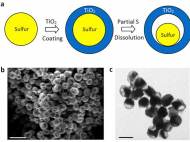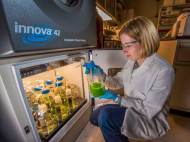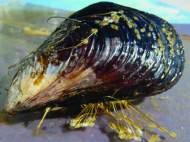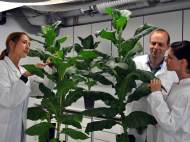CRISPR method – easier and more precise genome engineering
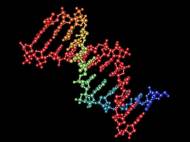 A group of researchers from MIT, the Broad Institute, and Rockefeller University, have developed a new technique for precise genetic alteration of living cells by inserting or deleting genes. In order to create new genome-editing technique, the researchers modified a set of bacterial proteins that normally protect bacteria from viruses. According to researchers, the technology… »
A group of researchers from MIT, the Broad Institute, and Rockefeller University, have developed a new technique for precise genetic alteration of living cells by inserting or deleting genes. In order to create new genome-editing technique, the researchers modified a set of bacterial proteins that normally protect bacteria from viruses. According to researchers, the technology… »



